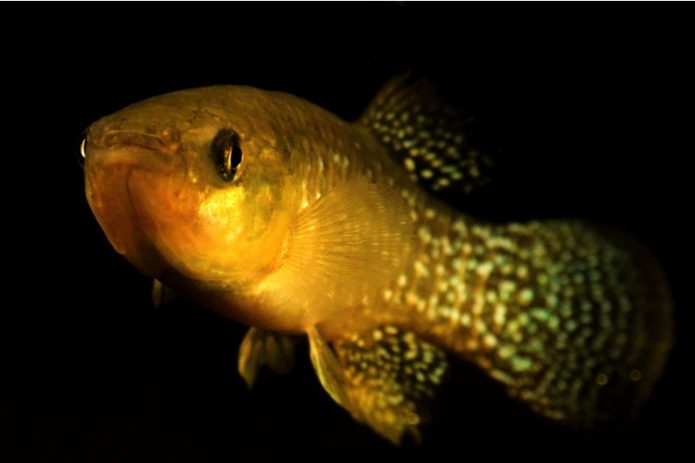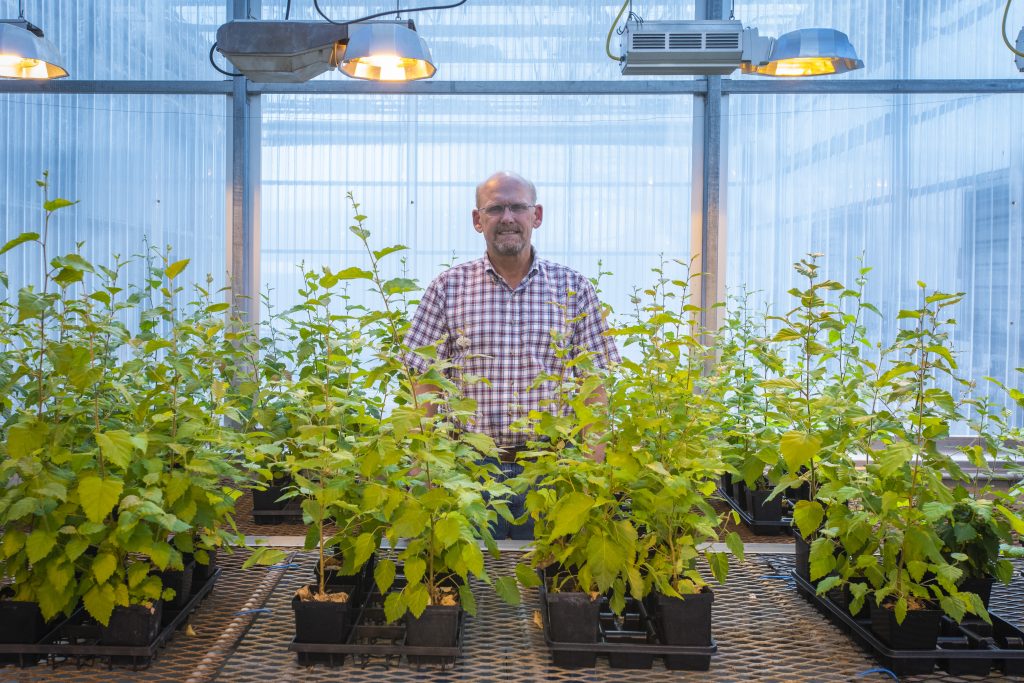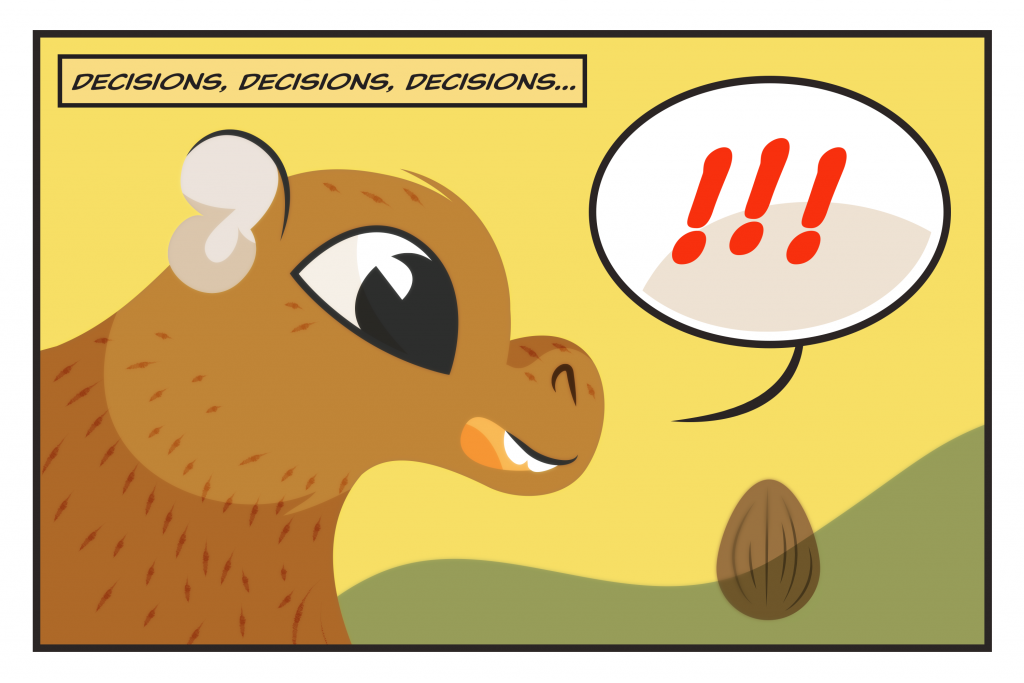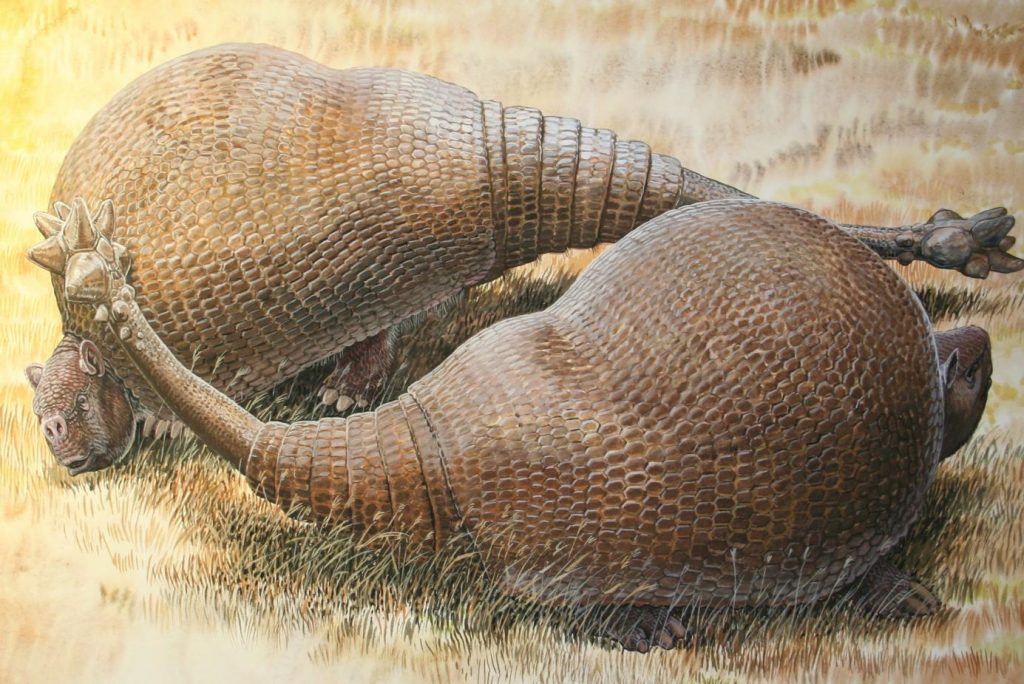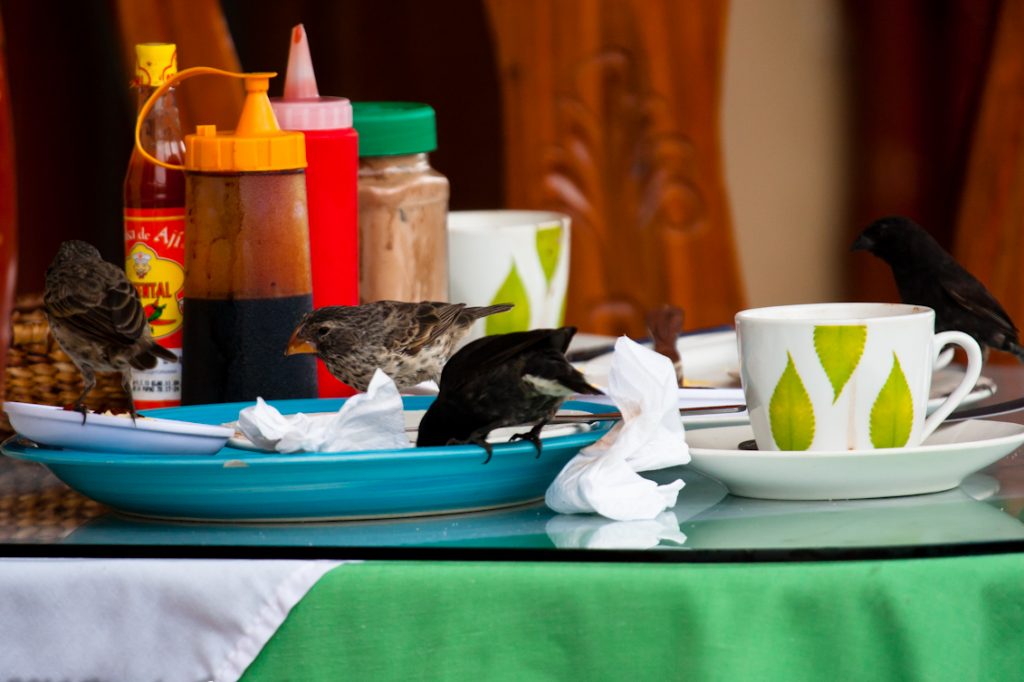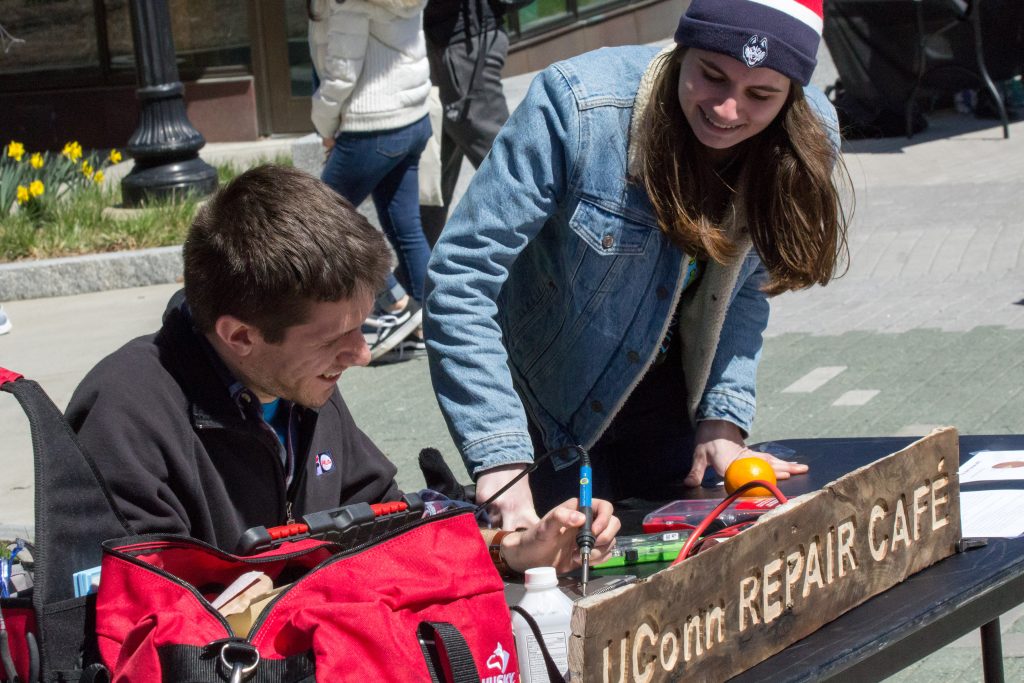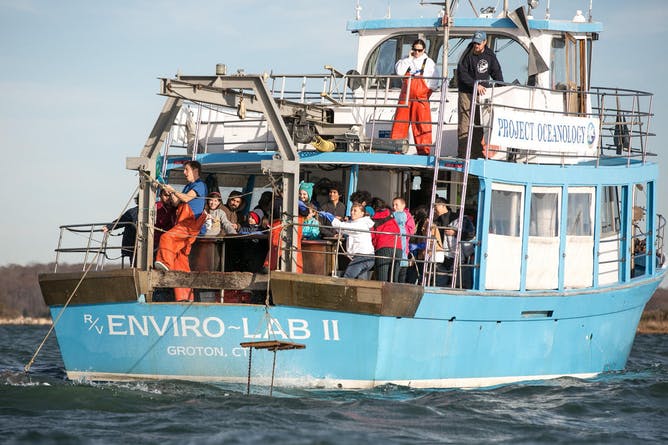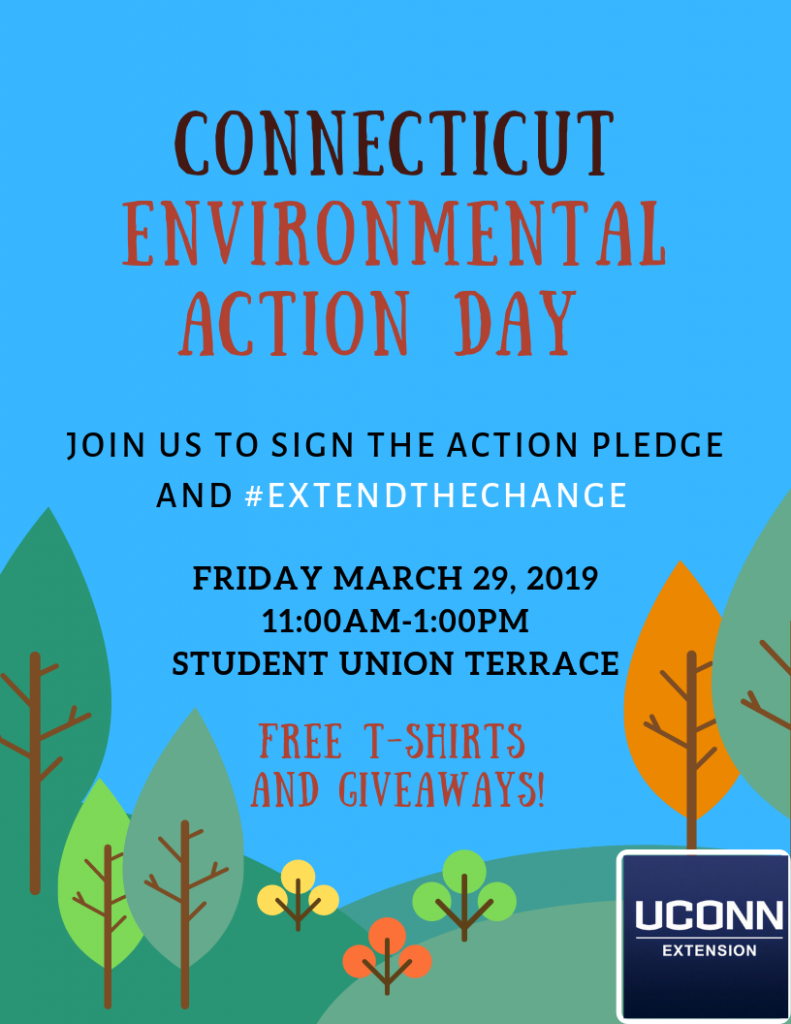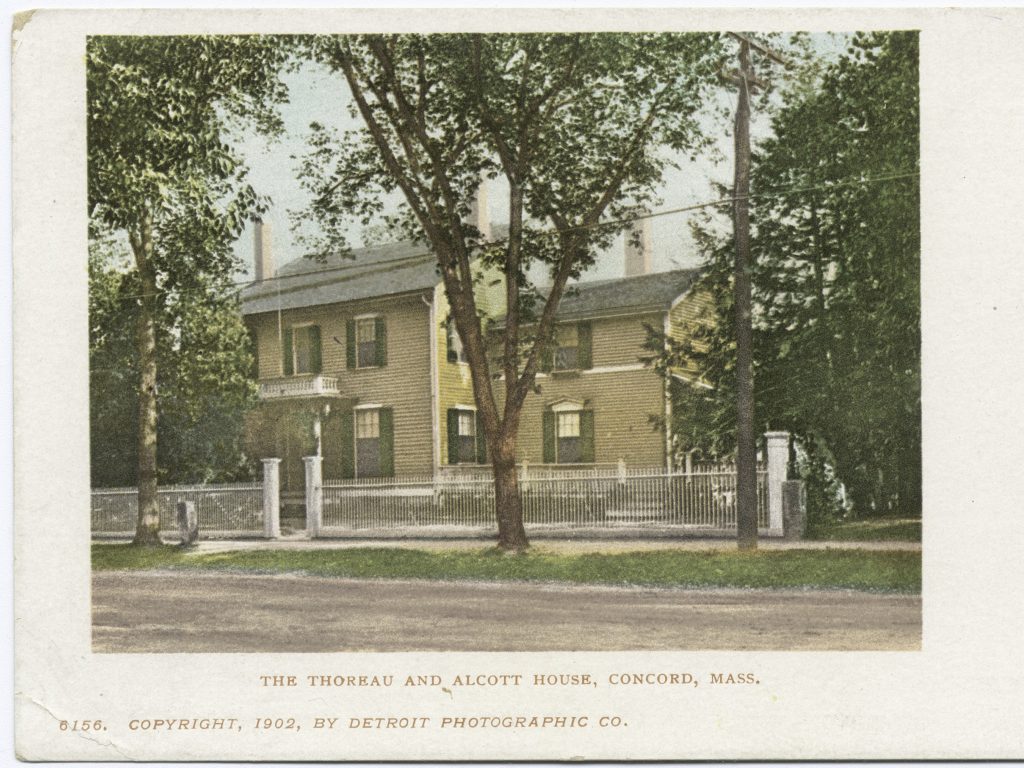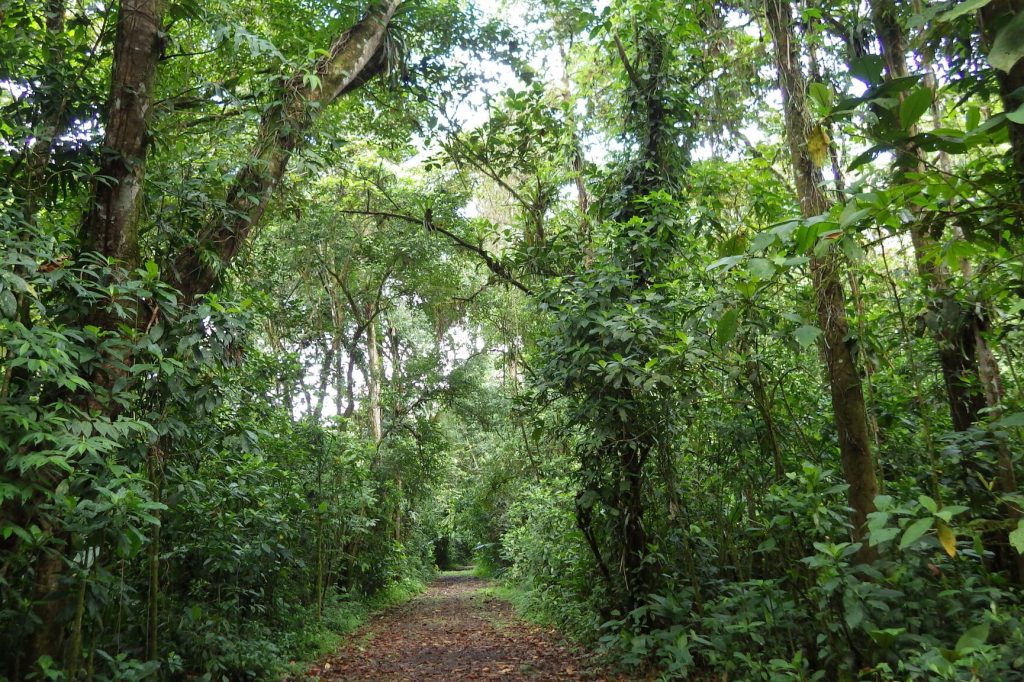Sustainability
An Evolutionary Rescue in Polluted Waters
A new study shows how a species of fish in polluted waters was able to adapt to what would normally be lethal levels of toxins for most other species.
May 15, 2019 | Kat Kerlin, UC Davis
Dozens of Seedlings Thriving as Iconic ‘Swing Tree’ Descendants
UConn’s beloved 'swing tree' beside Mirror Lake, now reaching the twilight of its natural life, will live on through dozens of healthy seedlings that are being nurtured in a campus greenhouse.
May 8, 2019 | Stephanie Reitz
This Animal Bit onto ‘Science Cookies’ and Revealed Data
An experiment using artificial seeds, or 'cookies,' with peanuts hidden inside provided valuable information about how mammals make seed dispersal decisions based on certain seed traits.
April 30, 2019 | Elaina Hancock
Geological Record Provides a Window to Past Flora and Fauna
A new study uses soil geochemistry to link the prevalence of grass-eating mammals in the late Miocene to climate change at that time.
April 29, 2019 | Mari N. Jensen, University of Arizona
Junk Food Irresistible, Even for Birds
A new UConn study found that finches drawn to junk food experience changes in their gut microbiota and body mass as compared to finches that don't encounter human food.
April 25, 2019 | Elaina Hancock
Focus on Sustainability: UConn’s Spring Fling
The Spring Fling festival on Fairfield Way featured organic and local food, eco-friendly vendors, green companies, and student groups in a celebration of sustainability.
April 17, 2019 | Lucas Voghell '20 (CLAS)
Citizen Science Shows Climate Change is Rapidly Reshaping Long Island Sound
At 0.45 degrees Celsius per decade, the Long Island Sound is warming four times faster than the global ocean, according to a UConn study based on four decades of data.
April 3, 2019 | Hannes Baumann, Marine Sciences, College of Liberal Arts and Sciences
Planting the CEAD: Marketing Sustainability Efforts
In order to build awareness for UConn Extension within the university community, a team of marketing students will host Connecticut Environmental Action Day on March 29.
March 27, 2019 | Elaina Hancock
Thoreau’s Great Insight for the Anthropocene: Wildness is an Attitude, not a Place
The mantra 'In Wildness is the preservation of the world' can remain true, provided we ask ourselves what we mean by wildness and what we’re trying to preserve, writes Robert Thorson at UConn.
March 14, 2019 | Robert M. Thorson, Department of Geosciences
Tropical Forests Naturally Regrow Quickly, But Without Species Variety
Forests recover growth in a few decades, but it may take centuries before the species diversity returns to the original composition, according to a study co-authored by Robin Chazdon of UConn.
March 6, 2019 | Combined Reports
